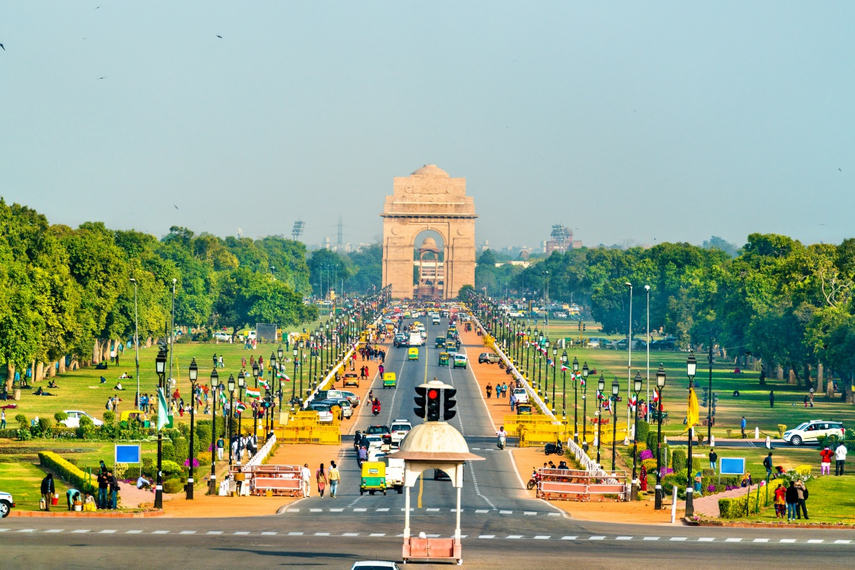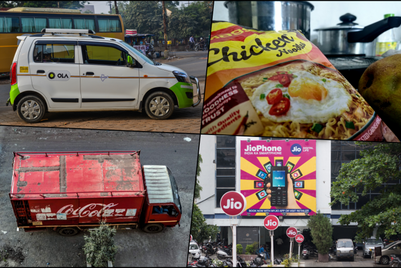
NIELSEN MARKET SNAPSHOT
One of the fastest growing economies in the world, with a total GDP size exceeding US$3 trillion, India is likely to surpass the UK and become the world's fifth largest economy in 2019 and is projected to climb to the second position in the Asia-Pacific region by 2025, replacing Japan.
As India continues to ascend in the rankings of the world's largest economies, its contribution to global GDP growth momentum will also increase. However, in order to succeed, India has to face and overcome several obstacles.
After going through an election process this spring, the new government is looking at multiple challenges: slowing GDP growth and a growing unemployment rate top of list.
According to a recent report by the Centre for Monitoring Indian Economy, India's unemployment rate stood at 8.1% in June 2019 and the country needs to create 8.1 million jobs annually to achieve its growth targets. Development in the retail sector could possibly support work opportunities in the long run.
At the same time, the government has managed to get inflation under control, has worked to enhance the tax system and has benefited from rural development, so it is no surprise that India remains one of the most optimistic countries in the world, with consumer confidence growing 14 points in the second quarter of 2019, according to the Consumer Confidence Index (CCI).
Indian consumers are finishing the first half of 2019 by declaring strongly that they are ready to purchase. India's CCI level is 138 points, the highest score in the world and far beyond the regional APAC average of 117 points.
Every one in two Indian consumers believes the timing is just right for purchasing and once consumers have covered essential living expenses, they will be vacillating between spending on holidays and vacations and buying new clothes. Moreover, compared to five years ago, nearly half of consumers (49%) say they spend more on groceries and education, and 47% of consumers say they spend on technology and communication.
Meanwhile, if we take a closer look at the FMCG industry, the nominal value growth (defined as the 'percentage change in value sales [expenditures] as measured by the total basket of reported product categories') slowed to 10% in the second quarter of 2019, softening from the highs of Q3 2018 (16.2%) towards three consecutive quarters of declining growth (15.7% in Q4 2018 and 13.4%% in Q1 2019).
The growth trend is majorly dampened by volume-led growth which has also moved 3.6 percentage points down from 9.9% in Q1 2019 to 6.2% in Q2 2019. The reasons behind the slowdown of the whole FMCG industry are decreasing sales in rural India and development deceleration of small manufacturers.
Further evolution of modern trade channels will contribute positively to FMCG market growth, however. A little more than five years ago, it was barely possible to forecast how modern trade would fit into the Indian retail landscape but progress is gaining momentum and double-digit growth is expected in 2019.
The pace of modern trade development gives us grounds to predict the same path for e-commerce, although there is still a long journey to cover in terms of infrastructure and internet penetration. Nevertheless, Indian consumers are already hooked on convenience in their everyday lives, and the positive repercussions of that will be reflected in the lookout for products and services that save time and provide more freedom in choosing what, when and how to buy.
Notably, consumers are showing a preference for putting cash, which they would have otherwise spent in purchasing, into savings. This trends is lead by concerns over the state of the economy and current job prospects, however it is expected to shift in favour of FMCG retail growth once consumers witness development and progress on job creations and an upswing in the economy.




.jpg&h=268&w=401&q=100&v=20250320&c=1)

.jpg&h=268&w=401&q=100&v=20250320&c=1)
.jpeg&h=268&w=401&q=100&v=20250320&c=1)
.png&h=268&w=401&q=100&v=20250320&c=1)
.png&h=268&w=401&q=100&v=20250320&c=1)

